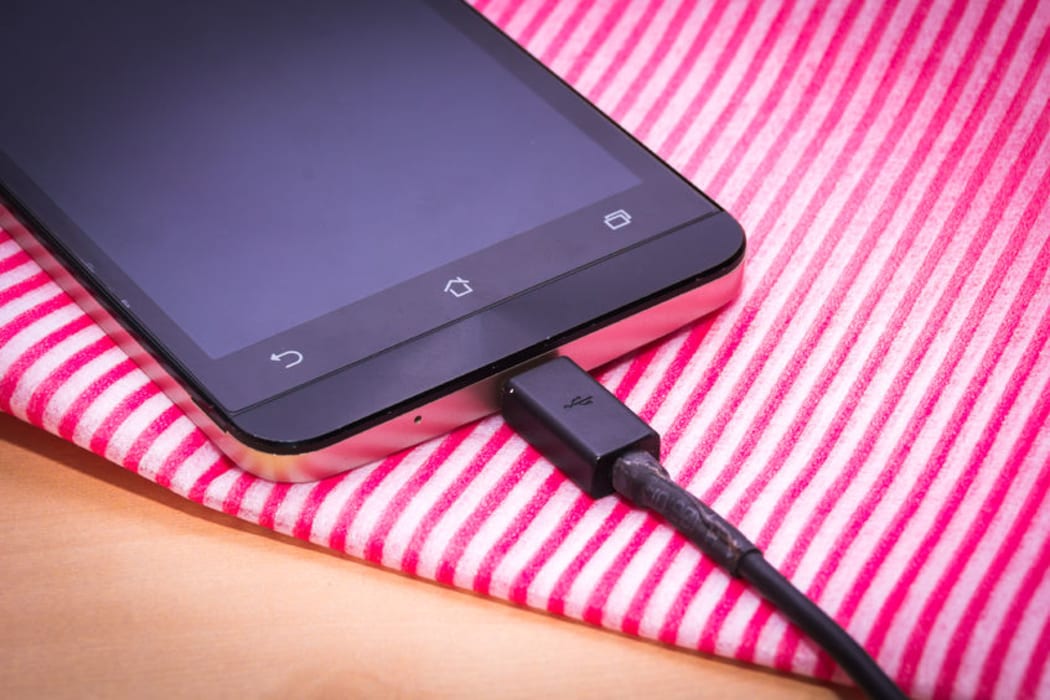It was a laptop donated to a charity shop that nearly destroyed John Innes' home.

Photo: 123RF
The Wellington man, who was managing the Karori SPCA charity shop at the time, had taken it home to check it worked, and remove any old data.
That Sunday evening, he left the house for dinner, leaving it to charge on the kitchen bench.
"I came home at 7.30 and opened the front door, and lo and behold the house is full of dirty black smoke, and I mean full. Got a hell of a shock. Peering in through the smoke I could see through the hallway to the kitchen door and I could see the flicker of flames.
"I dashed in there, and there on the kitchen bench was the laptop on fire - 360 degrees all the way around it. Flames four or five inches just pouring out of it. The power cable was on fire, so I just ripped it out off the wall, threw a tea towel over it and shoved it into the sink and turned the cold tap onto it."
The kitchen bench was also on fire in five places, as was the cupboard door. All that was left of a dishmop in the sink was a molten pool of blue plastic.
While able to contain the fire himself, Mr Innes knows he got lucky.
"Another half an hour or even 10 minutes it might have been a different story."
Why chargers cause fires
Tales like this don't ignite any new fears for the Fire Service - about 50 fires a year in New Zealand are caused by phones, laptops and other electronics while they are being charged.
Peter Gallagher, the Fire Service's acting manager for fire investigation and arson reduction, told Nine To Noon today that batteries were getting smaller and more powerful and this could pose a higher risk of fire.
He said battery technology was evolving at a rapid pace, creating batteries that hold more power than ever before. But that means they generate more heat while charging, because they put a large amount of energy into a smaller space.
"The smaller our batteries get and the quicker we want them to charge, we are generating more and more heat, so we need more care and attention," he said.
Mr Gallagher said it was also important to only use the charger designed to be used with the device, and even two chargers from the same company could be different, with the details hidden within tech specifications.
Mr Gallagher said fires were also caused when devices were used in inappropriate locations, such as bathrooms.
While most fires in the home are still caused in the kitchen, the greatest risk from charger-caused fires came from users leaving their devices on charge for long periods of time, and covering them with clothing and other household items.
"Any electronic device is going to generate heat, but if it becomes covered, it is dangerous because if the heat can't dissipate, it will go into the surrounding object," said Mr Gallagher.
"I attended one fire where the charger had been left plugged in and charging for three months, and never given opportunity to cool down, until it melted and became a blob on the ground. It turned out it was only designed to be plugged in eight hours at a time."
It's a lesson the Fire Service hopes more will take on board.
While insurance covered the damage, the lessons have lasted for John Innes - with extra smoke alarms installed and no more unattended chargers.
"Be warned, it can happen anywhere, anytime. I was really lucky to get away with it.
"Don't go out and leave your laptop plugged in, or any other computer device. We've all got them now, we've got devices everywhere. Don't leave home and leave them plugged into power, no way."

